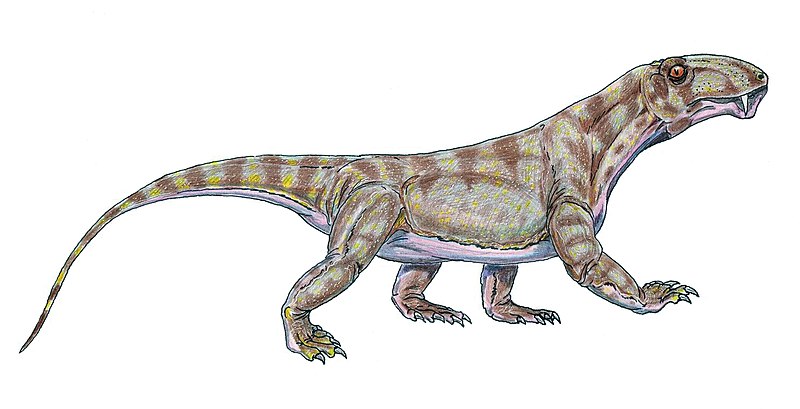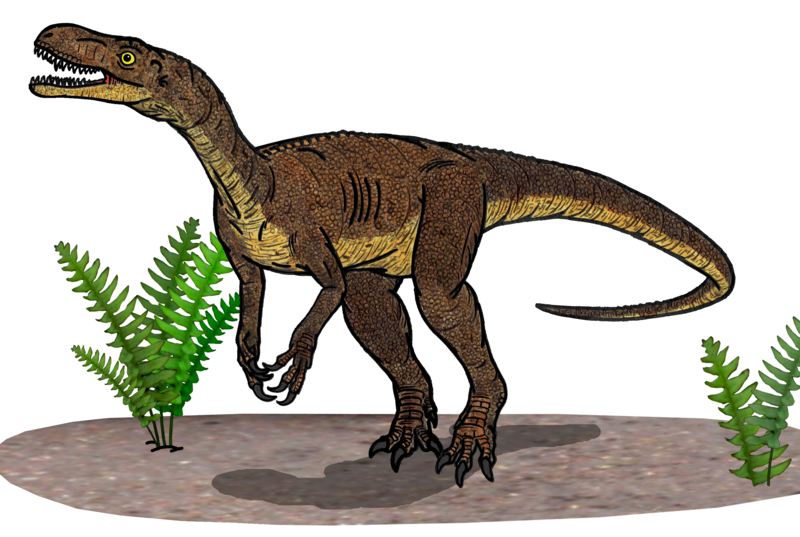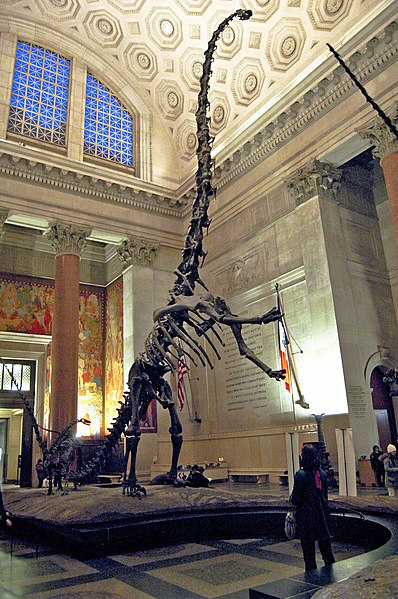 A farm in southern Brazil’s pampas region has yielded the bones of an ancient mammal-like reptile loosely described as a terrifying cross between a Komodo dragon and a tiger. Having worked with both of these modern-day predators, I was immediately intrigued by the newly-described creature (Proceedings of the National Academy of Sciences, Dec., 2011), dubbed the “Pampas Killer”.
A farm in southern Brazil’s pampas region has yielded the bones of an ancient mammal-like reptile loosely described as a terrifying cross between a Komodo dragon and a tiger. Having worked with both of these modern-day predators, I was immediately intrigued by the newly-described creature (Proceedings of the National Academy of Sciences, Dec., 2011), dubbed the “Pampas Killer”.
A Reptile, but…
The Pampas Killer, or Pampaphoneus biccari, haunted Brazil’s grasslands during the Permian Period, some 260 million years ago. It has been classified as a Dinocephalian Theraspid, or “Mammal-like reptile”. Interestingly, today’s monitor lizards are also sometimes described as “mammal-like” by those familiar with them.
The Paleontologists (scientists who research ancient creatures and the history of life on earth) who are studying the Pampas Killer believe it possessed characteristics of both monitors and predatory mammals such as tigers – yikes! It and related dinosaurs may have been an early step in the evolutionary march towards warm-blooded, furred mammals, which appeared 35 million years later. Please see the drawings and articles below for artists’ re-creations of the Pampas Killer and its relatives. Read More »
 That Reptile Blog – Reptile, Amphibian and Exotic Pet Care and Information
That Reptile Blog – Reptile, Amphibian and Exotic Pet Care and Information



